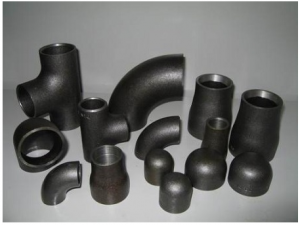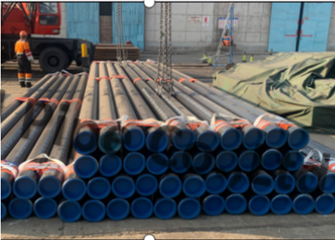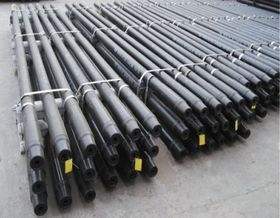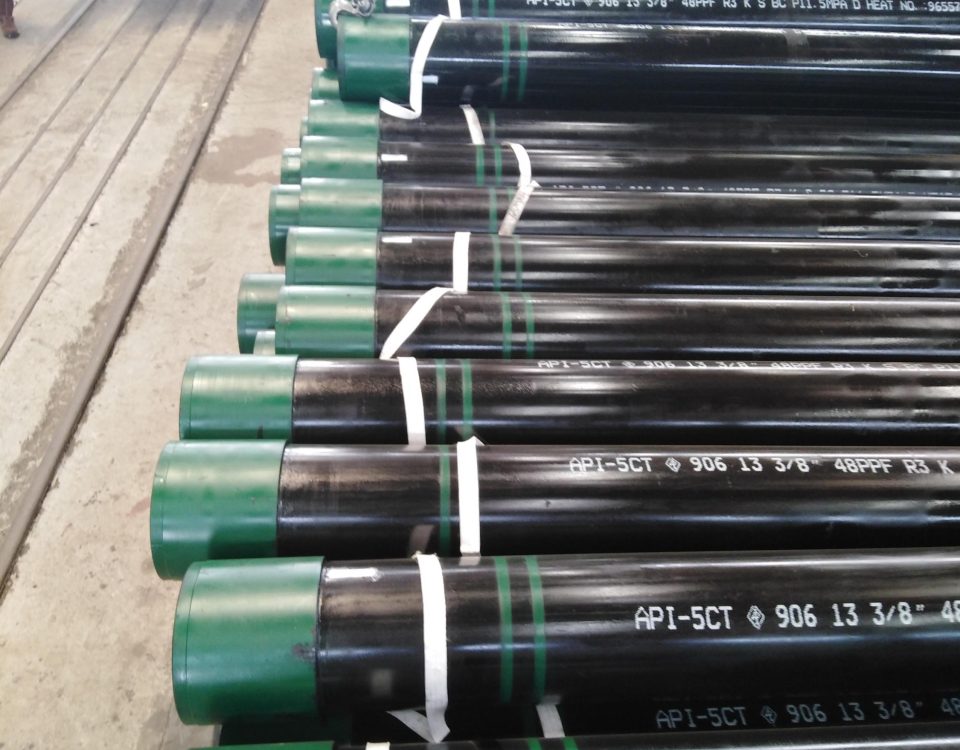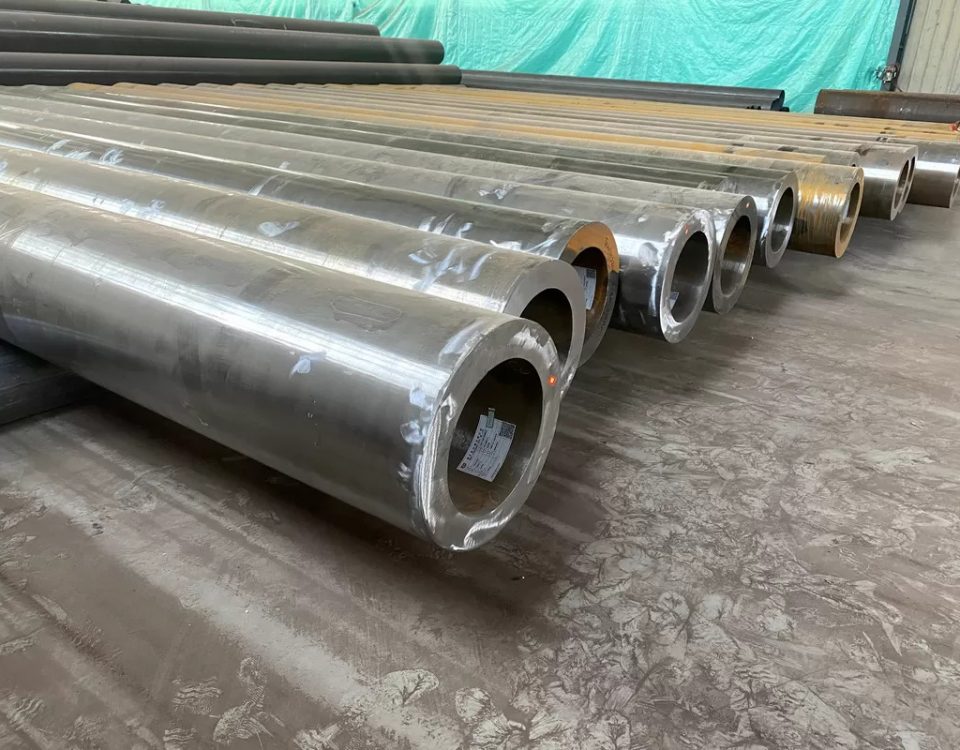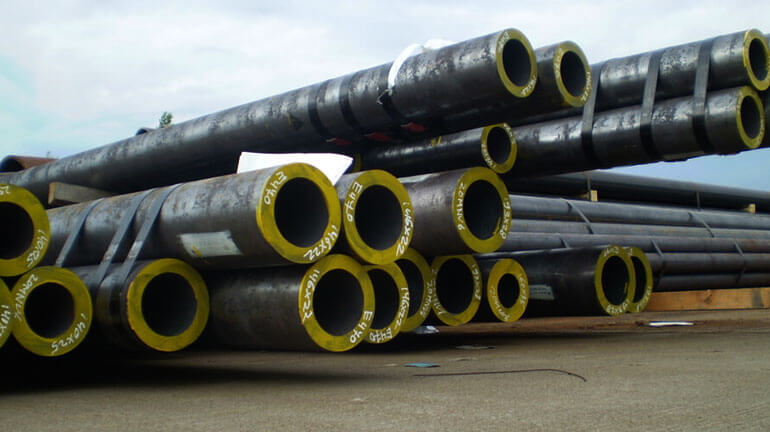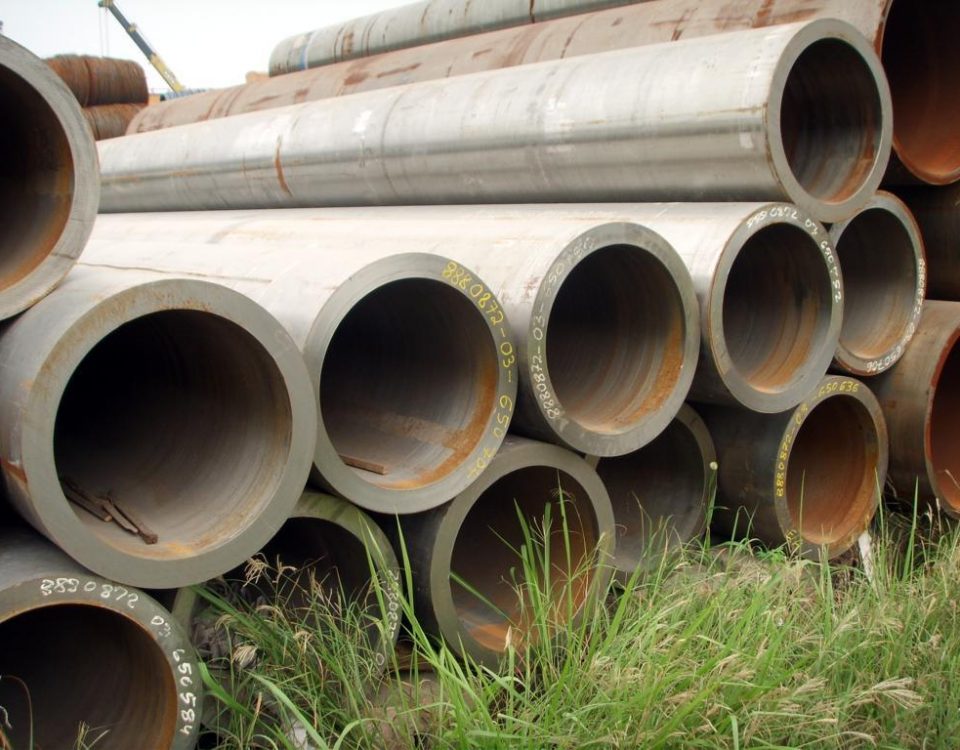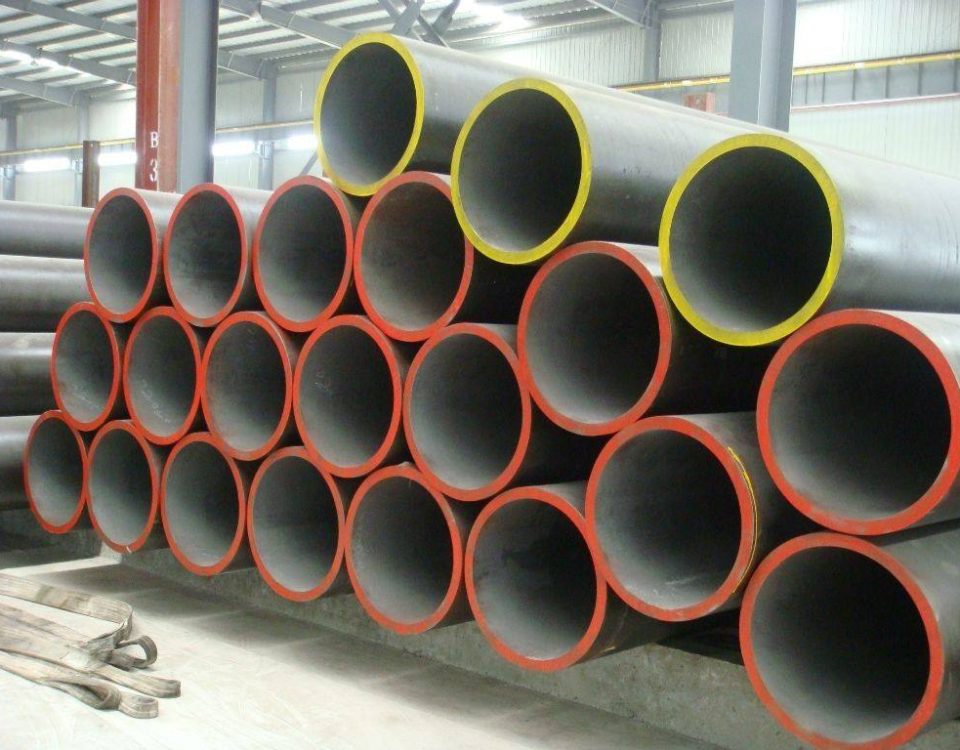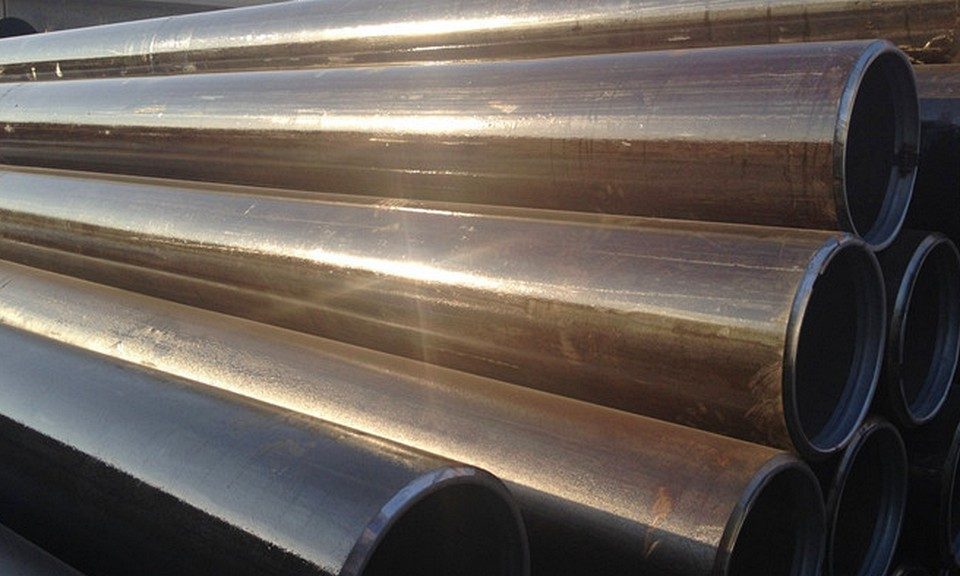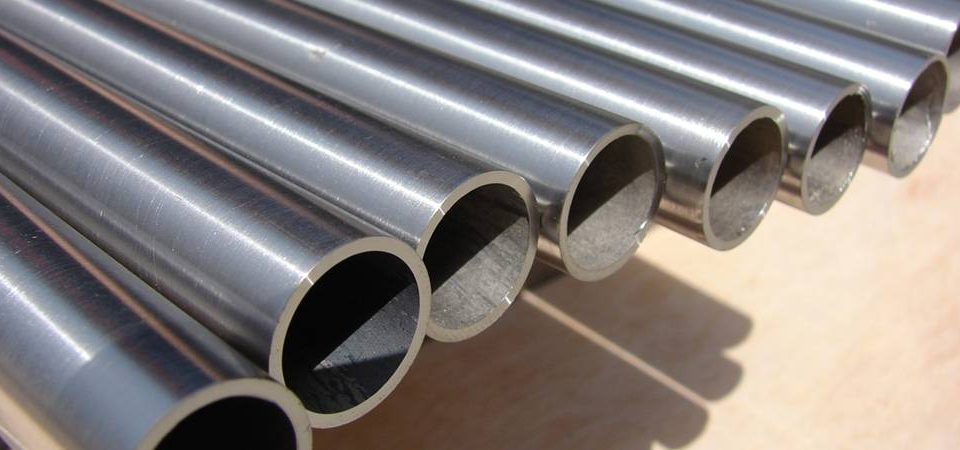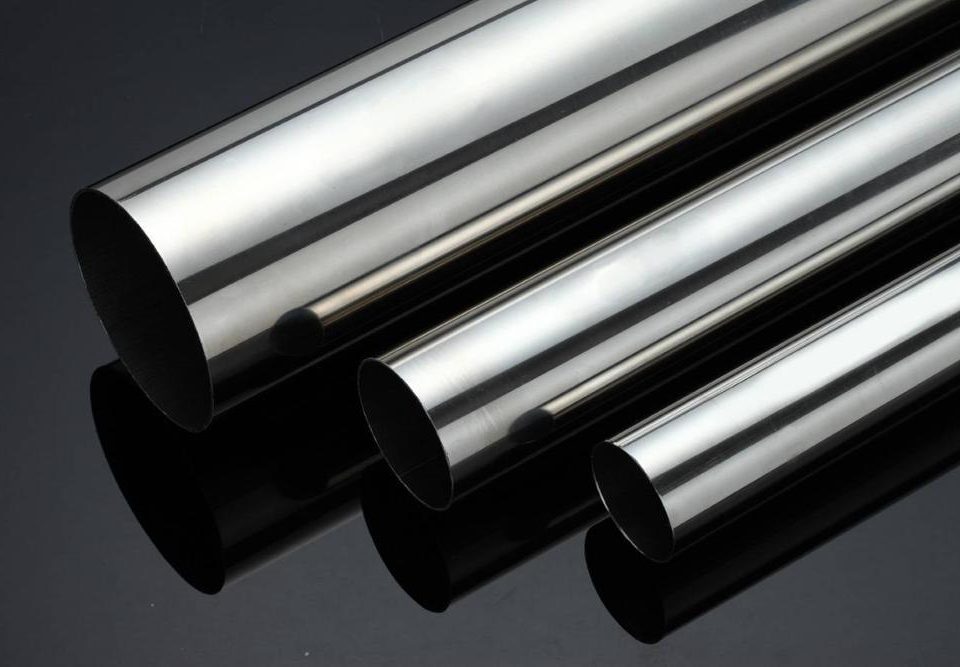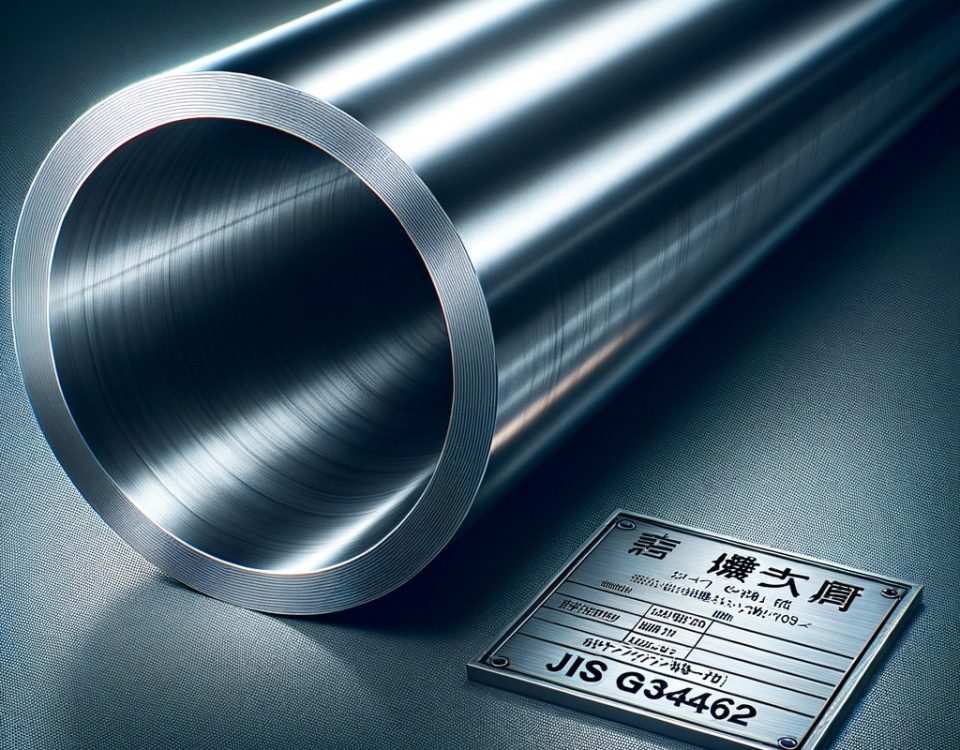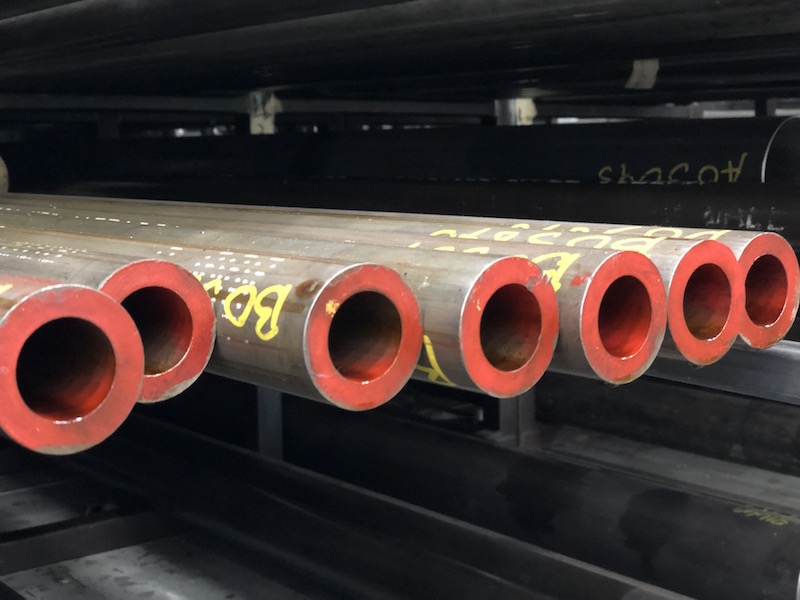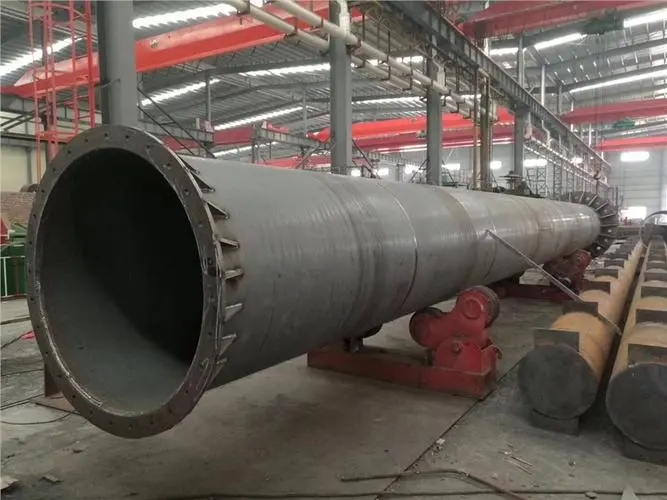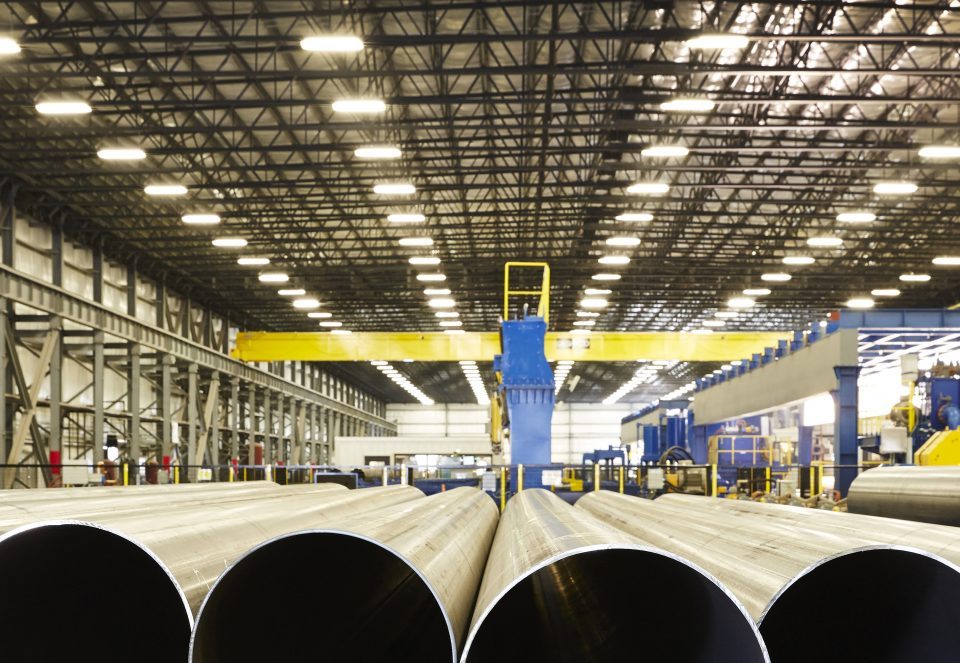General term for steel pipe
October 15, 202145# seamless steel pipe
October 26, 20211. Standard Standards are unified regulations for repetitive things and concepts. It is based on the comprehensive results of science, technology, and practical experience, and is agreed upon by relevant parties, approved by the competent authority, and issued in a specific form as a standard and basis for mutual compliance. At present, the standards implemented by China’s steel products include national standards (CB, GB/T), industry standards (YB), local standards and corporate standards.
2. Technical conditions The various performance indicators and quality requirements that the product should meet in the standard are called technical conditions, such as chemical composition, external dimensions, surface quality, physical properties, mechanical properties, process properties, internal organization, delivery status, etc.
3. Guarantee conditions According to the provisions of the technical conditions of metal materials, the manufacturer should conduct inspections and ensure that the inspection results meet the required performance, chemical composition, internal organization and other quality indicators, which are called guarantee conditions
(1) Basic guarantee conditions—also called compulsory guarantee conditions, refer to the items stipulated in the standard, regardless of whether the purchaser puts forward the requirements in the order contract, the manufacturer must carry out the inspection level to ensure that the inspection results meet the specified items
(2) Additional guarantee conditions are stipulated in the standard. As long as the purchaser specifies the requirements in the contract, the manufacturer must carry out inspections and ensure that the inspection results meet the specified items
(3) Agreement guarantee conditions — There is no stipulation in the standard, but the items guaranteed by the agreement between the supplier and the buyer and indicated in the contract are called the agreement guarantee conditions
(4) Reference conditions—the items proposed by the purchaser and inspected by agreement between the purchaser and the purchaser if there is no provision in the standard, or there is a provision without guarantee
4. Quality certificate The production of metal materials is different from the production of other industrial products. It is carried out in accordance with unified standards and regulations. The product factory inspection system is implemented, and unqualified metal materials are not allowed to be delivered. For the delivered metal materials, the manufacturer provides a quality certificate to ensure its quality. The quality certificate of the metal material not only states the name of the material, inkstone, number of pieces, weight, etc., but also provides all the inspection results of the specified guarantee items. The quality certificate confirms and guarantees the inspection results of the batch of products by the supplier. It is also the basis for re-inspection and use by the demander.
5. Quality grades The quality of steel is divided into several grades according to different requirements such as the surface quality, shape and size of the allowable deviation of the steel. For example, first-level products, second-level products,. Sometimes different levels are developed for a certain requirement. For example, the surface quality is divided into one, two, and three levels, and the depth of the surface decarburization layer is divided into one group and two groups, etc., all of which indicate the difference in quality
6. Accuracy level Some metal materials. The standard stipulates that there are several allowable size deviations, and according to the size of the allowable deviations, they are divided into several grades, called accuracy grades. According to the allowable deviation, the accuracy level is divided into ordinary accuracy, higher accuracy, advanced accuracy, etc. The higher the accuracy level, the smaller the allowable dimensional deviation. When ordering, please note that the accuracy level requirements should be written into the relevant documents such as the contract
7. Brand The brand of a metal material is the name given to each specific metal material. Steel grades are also called steel grades. The grades of metal materials in China can generally reflect the chemical composition. The grade not only indicates the specific variety of the metal material, but also can roughly judge its quality based on it. In this way, the grades simply provide a common concept of specific metal material quality, which brings great convenience to production, use and management.
8. Varieties Varieties of metal materials refer to products with different uses, shapes, production processes, heat treatment conditions, particle sizes, etc.
9. Model The model number of metal materials refers to the code of different shapes and types of profiles, cemented carbide and other products with Chinese Pinyin (or Latin) letters and one or several numbers. The number indicates the nominal size of the main part
10. Specifications Specifications refer to different sizes of metal materials of the same type or model. The general size is different, and its allowable deviation is also different. In product standards, the specifications of varieties are usually arranged in order from small to large
11. The surface state is mainly divided into two types: bright and non-bright. Common in steel wire and steel strip standards, the main difference is whether to use bright annealing or general annealing. It also treats polishing, polishing, pickling, plating, etc. as surface conditions
12. Edge state The edge state refers to whether the strip is trimmed or not. Edge trimming is trimmed strip, and un trimmed is untrimmed strip.
13. Delivery status The delivery status refers to the final plastic deformation processing or final heat treatment status of the product delivery. Delivery without heat treatment includes hot-rolled (forged) and cold-rolled conditions. After normalizing, annealing, high temperature tempering, quenching and tempering, and solid solution treatment, they are collectively referred to as heat treatment delivery, or according to the heat treatment category respectively normalizing, annealing, high temperature tempering, quenching and tempering, etc.
14. The degree of hardness of the material refers to the degree of hardness of the steel obtained with different heat treatment or work hardening. In some strip steel standards, it is divided into extra-soft steel strips, soft steel strips, semi-soft steel strips, low-hard steel strips and hard steel strips.
15. Longitudinal and horizontal The vertical and horizontal referred to in the steel standard. Both refer to the relative relationship with the rolling (forging) and drawing directions. Those parallel to the processing direction are called longitudinal; those perpendicular to the processing direction are called transverse. The samples taken along the processing direction are called longitudinal samples; the samples taken perpendicular to the processing direction are called transverse samples. The fracture on the longitudinal sample is perpendicular to the rolling direction, so it is called the transverse fracture; the fracture on the transverse sample is parallel to the processing direction, so it is called the longitudinal fracture.
16. Theoretical quality and actual quality These are two different methods of calculating delivery quality. According to the theoretical quality, the delivery quality is calculated according to the subdivision size and density of the material. If the delivery is based on the actual quality, it is the delivery quality obtained by weighing (weighing) the material
17. Nominal size and actual size Nominal size refers to the nominal size specified in the standard, which is the ideal size expected in the production process. However, in actual production, the actual size of steel is often larger or smaller than the nominal size. The actual size obtained is called the actual size.
18. Deviations and tolerances Since it is difficult to reach the nominal size in actual production, the standard stipulates that there is an allowable difference between the actual size and the nominal size, which is called deviation. The difference is a negative value called a negative deviation, and a positive value is called a positive deviation. The sum of absolute values of allowable positive and negative deviations specified in the standard is called tolerance. The deviation is directional. That is to say “positive” or “negative”, the tolerance has no directionality
19. Delivery length There are four provisions in the current standard for the delivery length of steel:
(1) Normal length—double-scale indefinite length. Any steel material whose length is within the range specified by the standard and has no fixed length is called normal length. However, for the convenience of packaging, transportation and measurement, when each company cuts steel, it is best to cut the steel into several different lengths according to the situation, and strive to avoid random size.
(2) Cut-to-length length—the fixed-length cut according to the order requirements (the fixed-length of the steel plate refers to the width and length) is called the fixed-length length. For example, the fixed-length is 5m, and the length of a batch of delivered steel is 5m. But in fact, it is impossible to all be 5m long, so the allowable positive deviation value is also specified
(3) Length of double ruler — The length of the single ruler according to the order requirements is cut into integer multiples equal to the length of the order single rule, called the double ruler length. For example, the length of the single ruler is 950mm, then it is cut into double ruler 1900mm, triple ruler is 950*3=2850mm, etc.
(4) Any length less than the normal length in the standard is not limited, but not less than the minimum allowable length, it is called short-length length 20. The smelting method refers to the type of steelmaking furnace used for smelting, such as open hearth, electric arc furnace, and electroslag furnace. , Vacuum induction furnace and mixed steelmaking and other smelting. The meaning of the term “smelting method” in the standard does not include the concepts of deoxidation methods (such as fully deoxidized killed steel, semi-deoxidized semi-killed steel, and rimmed steel) and casting methods (such as upper betting, lower betting, continuous casting).
21. Chemical composition (product composition) refers to the chemical composition of steel products, including main components and impurity elements, and its content is expressed as a percentage by weight
22. Melting composition The smelting composition of steel refers to the chemical composition in the middle of pouring after the steel is smelted (such as deoxidation in the tank)
23. Finished product composition The finished product composition of steel, also called verification analysis composition, refers to the chemical obtained by drilling or planing test chips from the finished steel according to the prescribed method (see GB/T222) and analyzing it according to the determined standard method. Element. The finished composition of steel is mainly used by the user department or the inspection department for the acceptance of the steel. Manufacturers generally do not perform finished product analysis, but they should ensure that the composition of the finished product meets the standard requirements. For some major products, or sometimes due to some reasons (such as process changes, unstable quality, melting composition close to the upper and lower limits, melting analysis failed to get, etc.), the production plant also does finished product composition analysis
24. High-quality steel and high-quality steel (with A letter) are also called high-quality steel and high-quality steel. The difference is that high-quality steel is superior to high-quality steel in some or all of the following aspects:
① Reduce the carbon content range;
②Reduce the content of harmful impurities (mainly phosgene and phosphorus);
③Ensure high purity (referring to the content of inclusions);
④ Ensure high mechanical properties and process performance.
